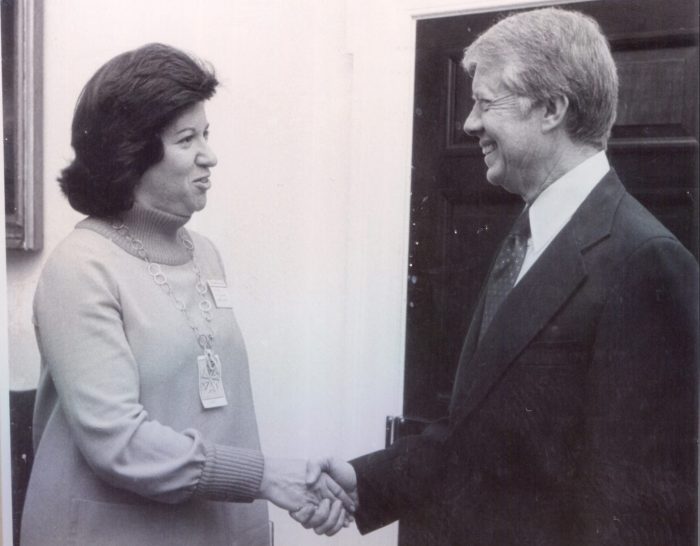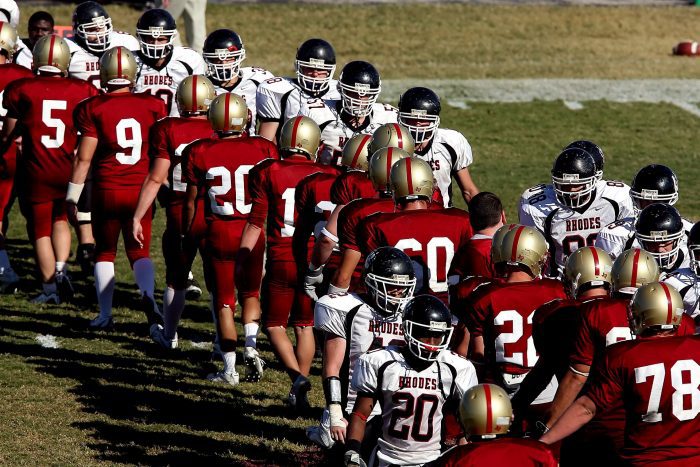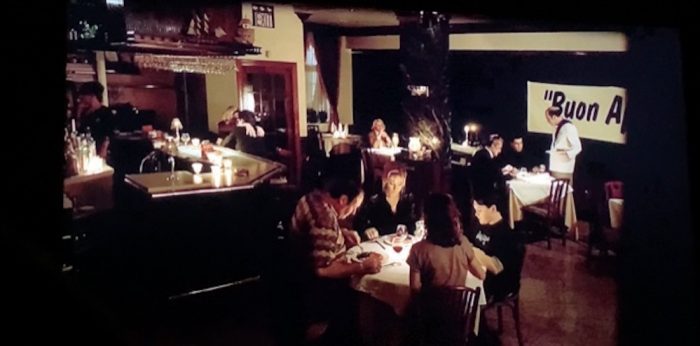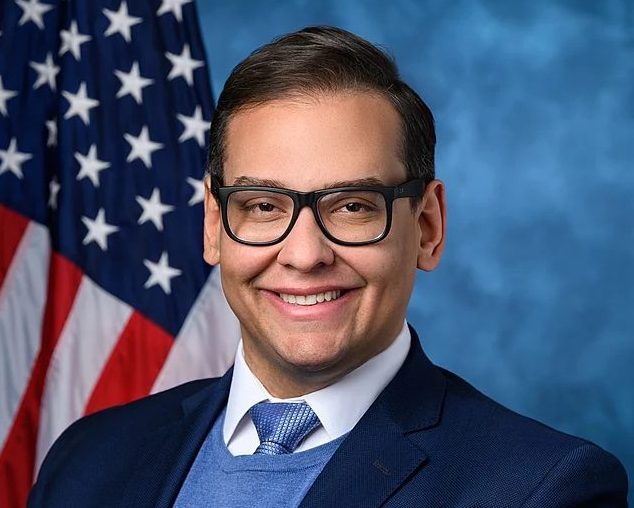By Leah S. Dunaief

This President’s Day saw two presidents much in the news, Joe Biden for his clandestine trip to Kyiv, and our 39th president, Jimmy Carter, for entering hospice care. Carter, who at 98 years old is the oldest former chief executive of the United States, signaled the end of his repeated hospital stays.
I had the honor of being invited to an out-of-town press conference at the White House during President Carter’s one term, and of course, the memory will always remain with me. It was my first of several such invitations, and I smile when I compare my Carter and subsequent Ronald Reagan visits.
The year was 1978, the country was recovering slowly from severe stagflation, and everyone was watching their expenditures. Hence, it was not surprising that when lunch came in the middle of the event, it consisted of a boxed meal that we balanced on our laps in the Oval Office. In the box were two half sandwiches, one of cheese, the other of tuna salad. There was also a hard-boiled egg, accompanied by a small salt packet, an apple and a cookie. I confess to such high excitement that I don’t remember how the food tasted, just that I held the egg in one hand and sprinkled salt on it with the other. I do recall thinking then that I was experiencing one of the most amazing moments of my life at the same time that I was doing this most mundane action of salting my egg.
Carter talked about the economy, suggesting an optimistic view for the coming year, among other issues, and then we got up, formed a single line and moved toward him to shake hands for perhaps a three-second intro and photograph we could all carry back with us for the front page of our newspapers. I was toward the back of the line, and the photographer stood to the side, snapping away, as I drew closer to the most powerful man in the world.
I tried hard to come up with something more to say than my name and where I was from. Then I remembered. His sister, Ruth Carter Stapleton, had recently visited Stony Brook to speak about her Baptist evangelism, and rather than telling him my name, I mentioned covering that.
“Isn’t Ruth wonderful!” Carter exclaimed in his soft drawl as his Caribbean blue eyes widened with pleasure. He then proceeded to talk about her for at least two full minutes, how proud of her he was, as I noted that he was not much taller than I and that his hands were rough.
My visit, a couple of years later, to the Reagan White House for a similar event included a sit-down luncheon of lightly breaded veal served on French china and accompanied by a smooth red wine from France. And Reagan, much taller than I, told me as he shook my hand that he liked my red dress.














